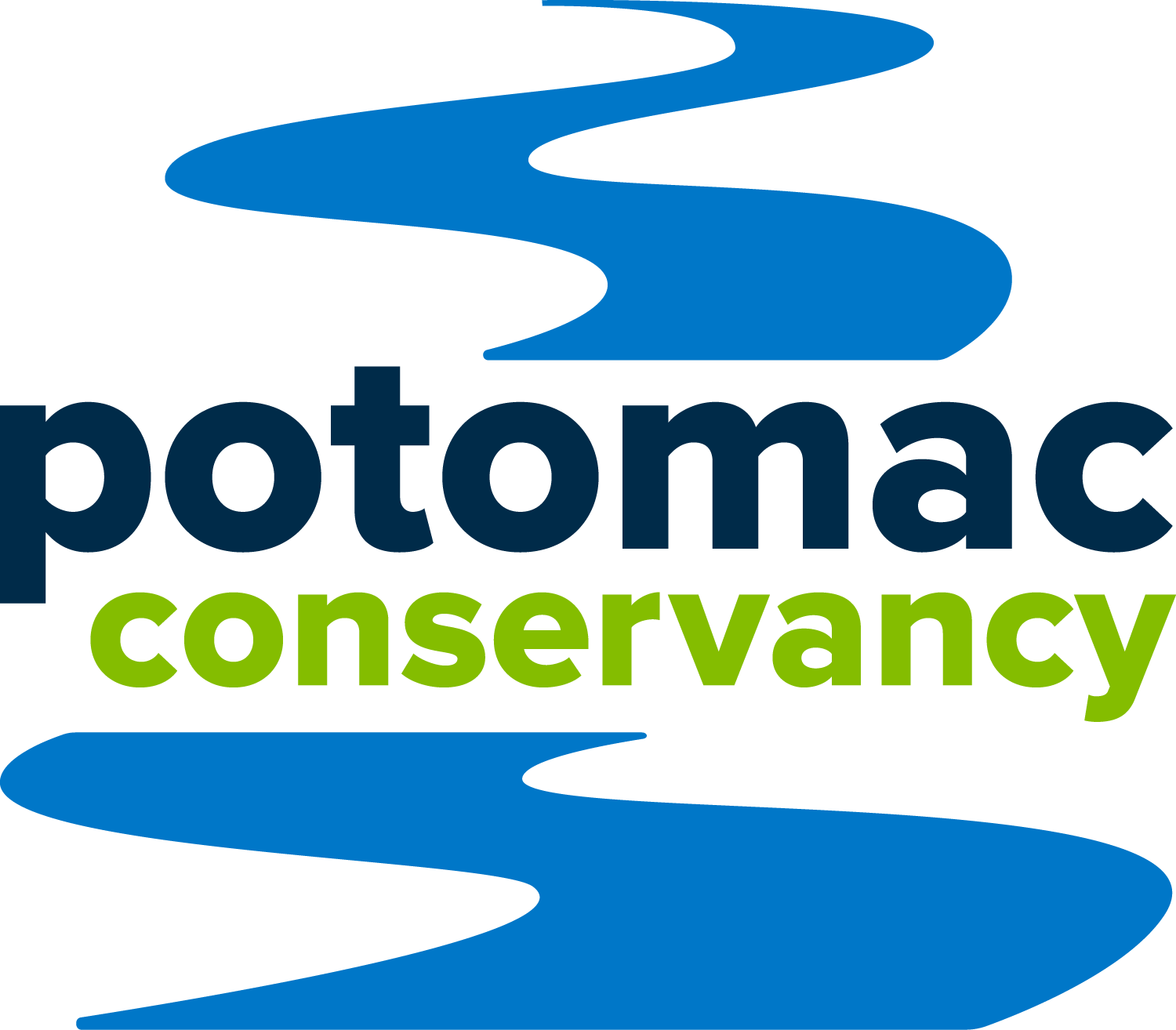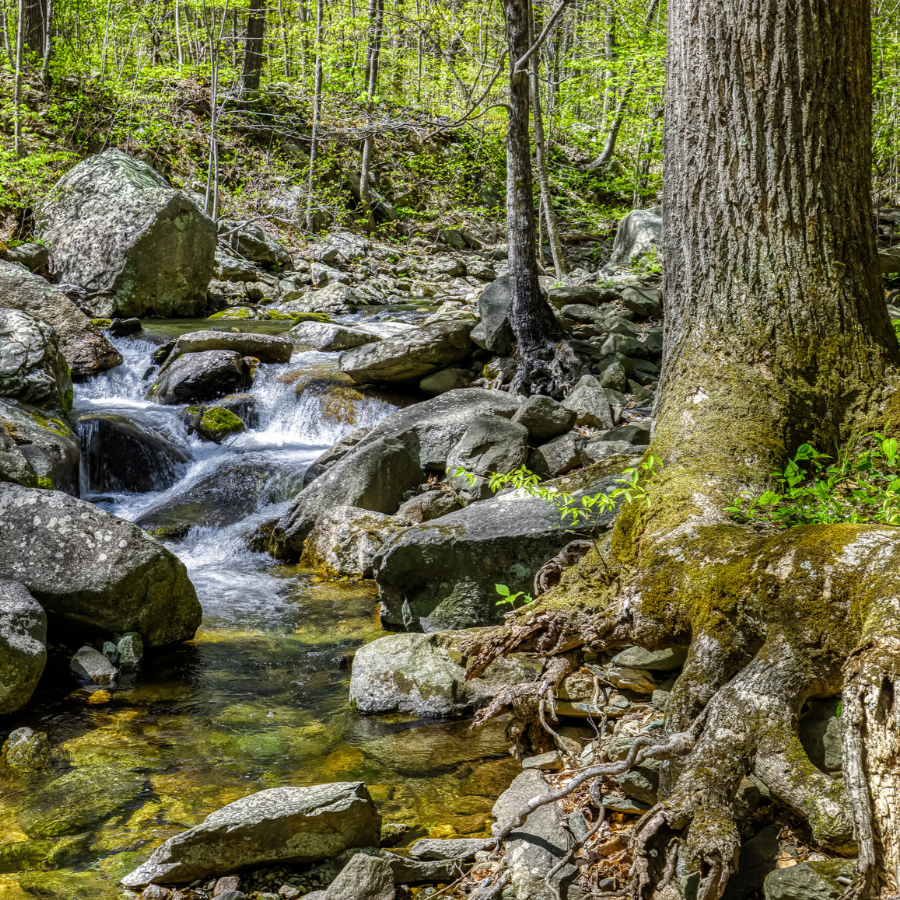Clean Water Tips for Earth Month
/9 ways to take action for clean water on Earth Day and every day
It’s easy to feel like clean water isn’t scarce at all. After all, 70 percent of the Earth’s surface is covered in water. The human body itself is made up of 60 percent water. And yet the world is increasingly lacking in clean water as oceans, rivers, and streams are contaminated or depleted.
Fortunately, you can help.
In honor of Earth Month, we’ve put together a list nine tips for making a difference in your community and protecting clean water. We’re asking you to take one action - big or small - to improve the quality of the Potomac. Are you up for the challenge?
Tip 9 - Go blue for clean water
Does diethanolamine or para-phenylenediamine sound like stuff you want in your drinking water? Though tap water is treated before flowing out of your spout, many chemicals that end up in our water supply cannot be removed. Always properly dispose of hazardous waste, like cleaning supplies, pesticides, and medication, and never dump chemicals down storm drains or in your yard. Avoid products with microbeads and opt for unscented options, which have fewer harsh chemicals.
More about potentially harmful chemicals and how to avoid them >
Tip 8 - Clean up your laundry routine
Even though you might want to wear that new top again right away, conserve water and only wash your clothes when you have a full load. Use the shortest cycle and wash your clothes in cold water instead of hot to save money on detergent and your water bill. What's more, some of your favorite pieces of clothing might be harming the environment every time you wash them - a study done by Patagonia found that their well-loved fleeces release synthetic fibers with every wash, endangering watersheds and aquatic species.
Tip 7 - Eat more veggies
Give Meatless Monday a try for Earth Month or opt for meats from local, sustainable farms. The water and energy needs of livestock are much greater than those of vegetables and grains. Animals raised on farms that have not implemented Best Management Practices also contribute pollution to the Potomac. Eating more vegetables and supporting sustainable agriculture is a great way to show your love for our local lands and waters.
Bonus tip: If you're interested in sustainable agriculture, a stop at Accokeek Foundation's farm is a must!
Tip 6 - Grow native
You know stink bugs? Invasive plants are the stink bugs of the plant world, and they are everywhere. Invasive plants are one of the top causes of habitat loss and degradation in our area. Take English ivy for example. When it climbs up a tree, it “chokes” it, causing the tree to die. When deciding what to plant or pull, consider whether the plant is native to the area. Each year, we work with dozens of local residents to remove invasive plants from shorelines to better protect the Potomac. In the fall, as part of our Growing Native program, volunteers collect native hardwood seeds that become saplings at local nurseries.
Tip 5 - Ditch the plastic bottles
. . . but in a responsible and river friendly way, of course! Last year, more than 251,000 bottles were picked up along local rivers and streams that feed into the Potomac. That’s the equivalent of every person that lives in Bethesda, Silver Spring, and Rockville dropping a bottle on the ground! Investing in a reusable bottle isn’t just good for the environment — it can also save you hundreds of dollars per year. Who couldn't use some extra money?
More on how bottled water is wasteful >
Tip 4 - Plant a tree
Trees rock. When placed near shorelines, trees act as natural filters, providing clean water to nearby streams and rivers. A single 100-foot tree can purify 11,000 gallons of water a year, the amount of water in a small swimming pool. Trees also act as sponges, absorbing excess rainwater and reducing the volume of polluted runoff, the fastest growing source of pollution to the Potomac River and Chesapeake Bay. But trees are disappearing at an alarming rate — 100 acres per day in the Chesapeake Bay region.
Tip 3 - Leave that lawn alone
Reduce the amount of fertilizer on your lawn this spring. Lawn fertilizer is a major source of pollution to our local waterways. In fact, one study found that lawn fertilizer was responsible for more than half of the nitrogen and phosphorus pollution in a local stream.
Want to take your lawn to the next level? Turn your yard into a meadow! Replacing the Kentucky bluegrass with native plants will increase your land's ability to filter rainwater and polluted runoff. Learn more about making your yard a meadow >
Tip 2 - Prevent polluted runoff
Polluted runoff is the only growing source of pollution flowing into the Potomac River, and it’s a huge problem. Chemicals that collect on paved surfaces are washed into creeks, streams, and rivers when it rains, polluting the drinking water for millions in the metro area. Using native plants and landscaping to capture and filter polluted runoff is a great way to positively affect the health of your local streams. Downspout diversions, rain barrels, rain gardens, and permeable pavements are all great at-home solutions — and it’s a great excuse to improve your curb appeal and property value!
Tip 1 - Get involved
The best way to create a safe and healthy Potomac is to become involved in your community and take action for clean water. It’s easier than you think to stand up for for clean water and a healthy Potomac. Become part of your local clean water movement by taking an action today!
• Stay informed of clean water news >
• Volunteer and get your hands dirty for the Potomac >
• Donate to support local clean water initiatives >














In the midst of a remarkable comeback, the Potomac River has seen a 10% increase in recreation in three years, but now its future is in question…Rising threats to water quality are impacting this wild urban river, the drinking water source for 5 million people in the DMV.